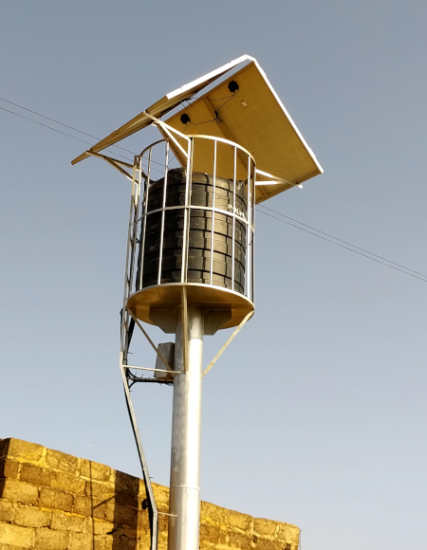Promotion of Off-Grid to productive users

Thanks to continuous innovation in the off-grid sector, a multitude of solar-powered productive use devices (Solar Power Productive Use, or “PULSE”) are being developed, which can provide livelihoods and income-enhancing opportunities for households. in the agricultural, industrial, commercial and public sectors.
PULSE has immense potential in the agricultural sector.
The use of agricultural machinery can increase efficiency five-fold or more. UNEP estimates that every 10 per cent increase in agricultural yield has led to a 7 per cent reduction in poverty in Africa. PULSE devices can also help cushion shocks resulting from climate change and market price fluctuations.
PULSE Funding
Affordability has been a critical bottleneck – and a driver of innovation – in the off-grid sector since its inception. The rural population tends to be among the poorest. In the absence of funding, this means that even the initial cost of a solar lantern remains unaffordable for many, let alone something as transformative – and relatively expensive – as a solar water pump.
Enabling access to financing and increasing affordability will be key to ensuring PULSE devices reach those who need them most. Since launching its first pilot project in Kenya in 2009, creating funding pathways has been a key pillar of our work to create sustainable markets for solar lighting and off-grid energy products. Since then, various financing programs have been developed to enable access to an ever-expanding range of products, including those driven by distributors, such as pay-as-you-go financing (PAYG) for solar home systems (SHS).
Today, nearly 59 million people around the world meet their basic electricity needs with quality-verified off-grid solar sources. Without dedicated efforts to create a market, it is extremely unlikely that so many people would have been able to access it, given the financial realities.
The future of PULSE
These market-building efforts can now also benefit PULSE devices, as they are well positioned to build on existing distribution and funding channels in the off-grid sector. Many off-grid farmers already use SHS for their domestic energy needs. They therefore understand and trust the benefits that this technology brings, while manufacturers can leverage existing distribution flows. Pay-as-you-go (PAYG) models are already being adapted and tested for the most expensive PULSE devices, while asset leasing, guarantored lending structures, and specialized agricultural credit facilities are beginning to expand access to financing for PULSE, even as ongoing R&D efforts aim to cut costs.
Nevertheless, in order to maximize the impact of PULSE and help governments achieve ambitious agricultural transformation initiatives and improve the livelihoods and food security of millions of people, a concerted effort will be needed to bring together the off-grid energy sector and the agricultural sector, as recommended in the document. the report.
Off-grid energy access efforts have long strived to continually expand distribution until people living at the last inch of the last mile are reached. Ever-evolving technologies, resulting in products like PULSE, ensure that when that last mile is reached, lives can truly be transformed.
Source: Lighting Global, World Bank

